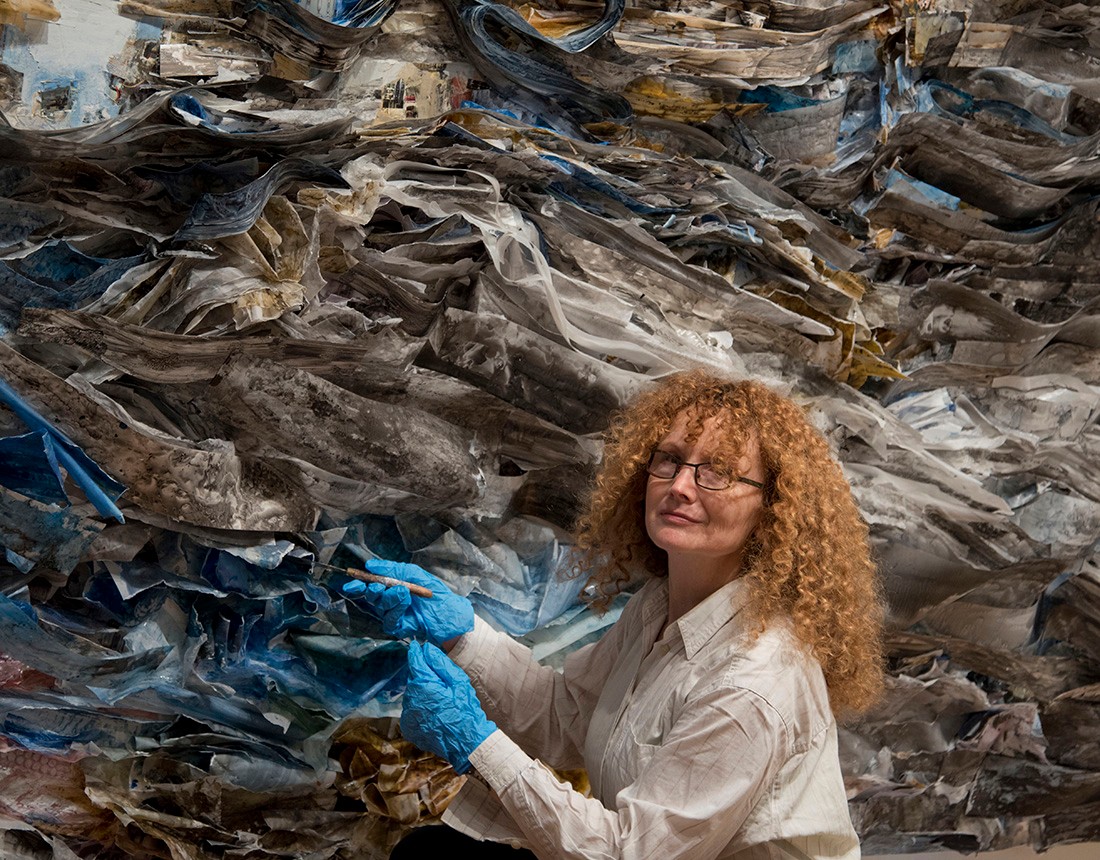We caught up with the brilliant and insightful Etty Yaniv a few weeks ago and have shared our conversation below.
Hi Etty, thanks for joining us today. What’s been the most meaningful project you’ve worked on?
In the past two years, I’ve begun collaborating with dancers and choreographers on visual arts projects, a new direction for me. One notable project involved working with the multi-talented dancer and choreographer Tiffany Mangulabna to create a dance for a theatrical performance under the auspices of Norte Maar, a Brooklyn initiative that connects visual artists with choreographers. This was my first — an in-depth collaboration with an artist from a different discipline. The experience was exhilarating, opening up new creative avenues and sparking fresh ideas. I’m keen to pursue more projects like this. Central to our collaborative process
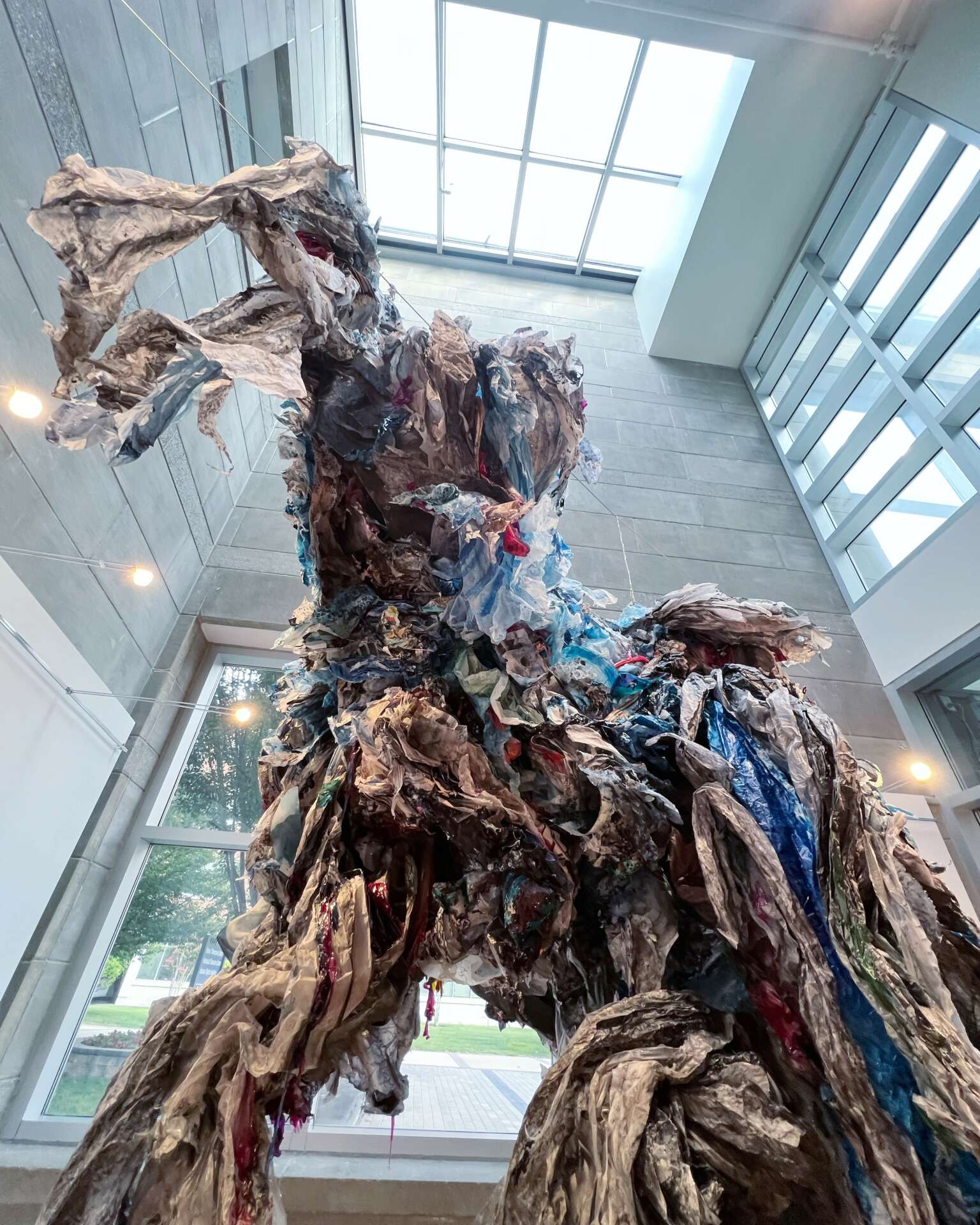

Awesome – so before we get into the rest of our questions, can you briefly introduce yourself to our readers.
I am a visual artist actively engaged in writing, publishing, and curating. In my art, I create immersive installations that blend drawing, painting, photography, and a variety of found objects, including paper, fabric, and plastic. These elements, often repurposed from previous installations, coalesce to form environments that blur the lines between the real and the imagined; the organic and the artificial. My sculptural installations, responsive to their specific sites, feature highly textured clusters of these painted, reused materials. While lightweight and ephemeral, they appear massive or monumental due to their dense, textured layers. Viewed from afar, they resemble tactile segments of satellite images or abstract seascapes, but up close, they reveal intricate narratives. The combination of clustered structures and the spaces between them creates a rhythmic flow within the exhibition space, transforming walls, air, and floor into a dynamic environment that invites visitors to experience from various perspectives.
In my online publication, Art Spiel, I concentrate on exhibition reviews and interviews with art professionals. I author several articles and invite other writers to contribute as well. The vision behind Art Spiel was to establish a platform dedicated to showcasing the work of underrecognized artists and nonprofit art venues, which often don’t receive coverage in mainstream outlets like the New York Times.
Likewise, my curatorial projects typically take place in alternative and non-profit venues. I enjoy bringing together artists who, at first glance, do not work in the same vein and seem different from each other. By placing them together, the viewer uncovers the connective threads between them. In a way, this associative thinking echoes my way of making art.
Overall, I take pleasure in merging multiple disciplines to create a layered experience across all my forms of expression – be it creating art, writing, publishing, or curating.
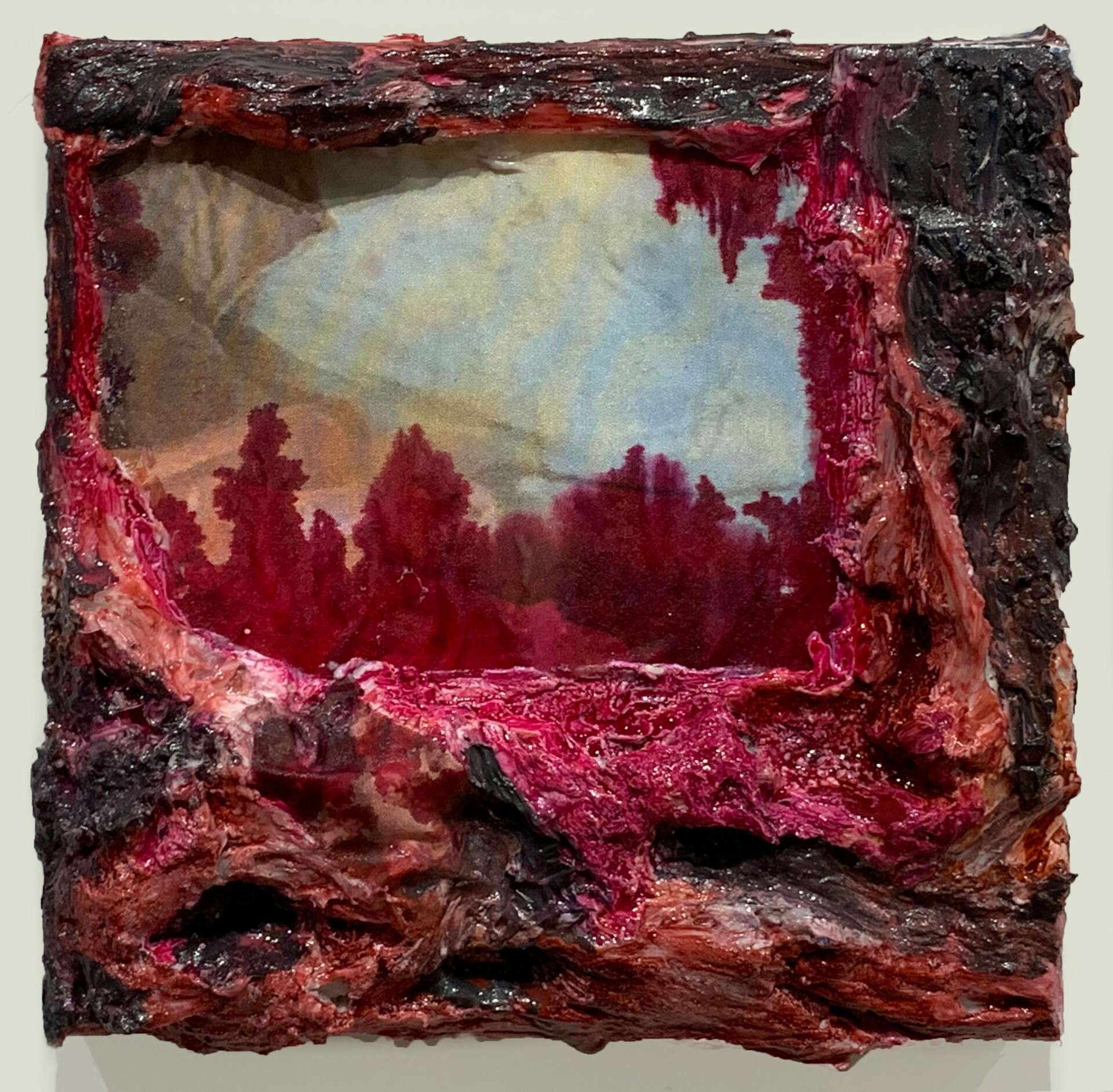

In your view, what can society do to best support artists, creatives and a thriving creative ecosystem?
Many serious artists are expected to work without compensation, a practice I find disturbing. At the very least, a minimal honorarium should cover expenses. When budgeting, organizations often need to pay more attention to the costs of creating art and transporting it. This expectation of unpaid work is rare in other sectors and represents an approach that undervalues art, treating it as a luxury borne at the artists’ expense. Too frequently, artists, unless very well-known, assume the costs of showcasing their work. That being said, there are justified exceptions to this “no-pay” approach—it makes sense when although the art venue offers a great exhibition space, it is desperately struggling for funds. Then, it becomes a mutual effort between the artists and the art venue. In contrast, as far as I know, Canada has a commendable system with a recommended fee schedule akin to a minimum wage for artists, widely accepted as a national standard. Canadian arts councils often mandate that public galleries pay these artist fees as a condition for funding. Additionally, in many European countries, grants and funding are more readily available to a broader spectrum of artists than in the USA. Some food for thought.

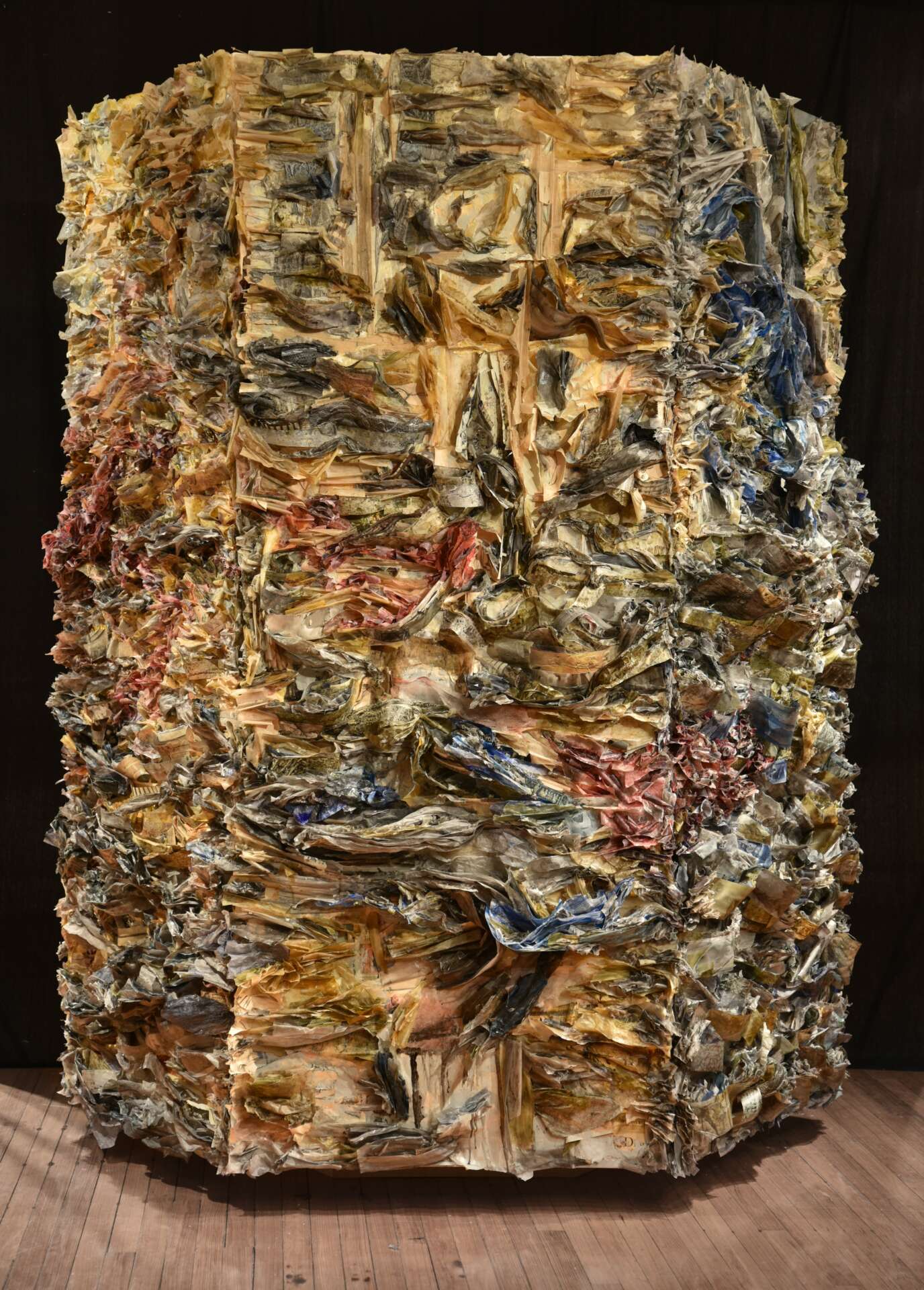
What’s the most rewarding aspect of being a creative in your experience?
The most fulfilling part of being an artist is the liberty to develop work I am passionate about and the opportunity to take creative risks. I appreciate the discipline required for studio work and the flexibility that comes with being a self-employed artist. Additionally, having a supportive art community is a crucial aspect of my experience.
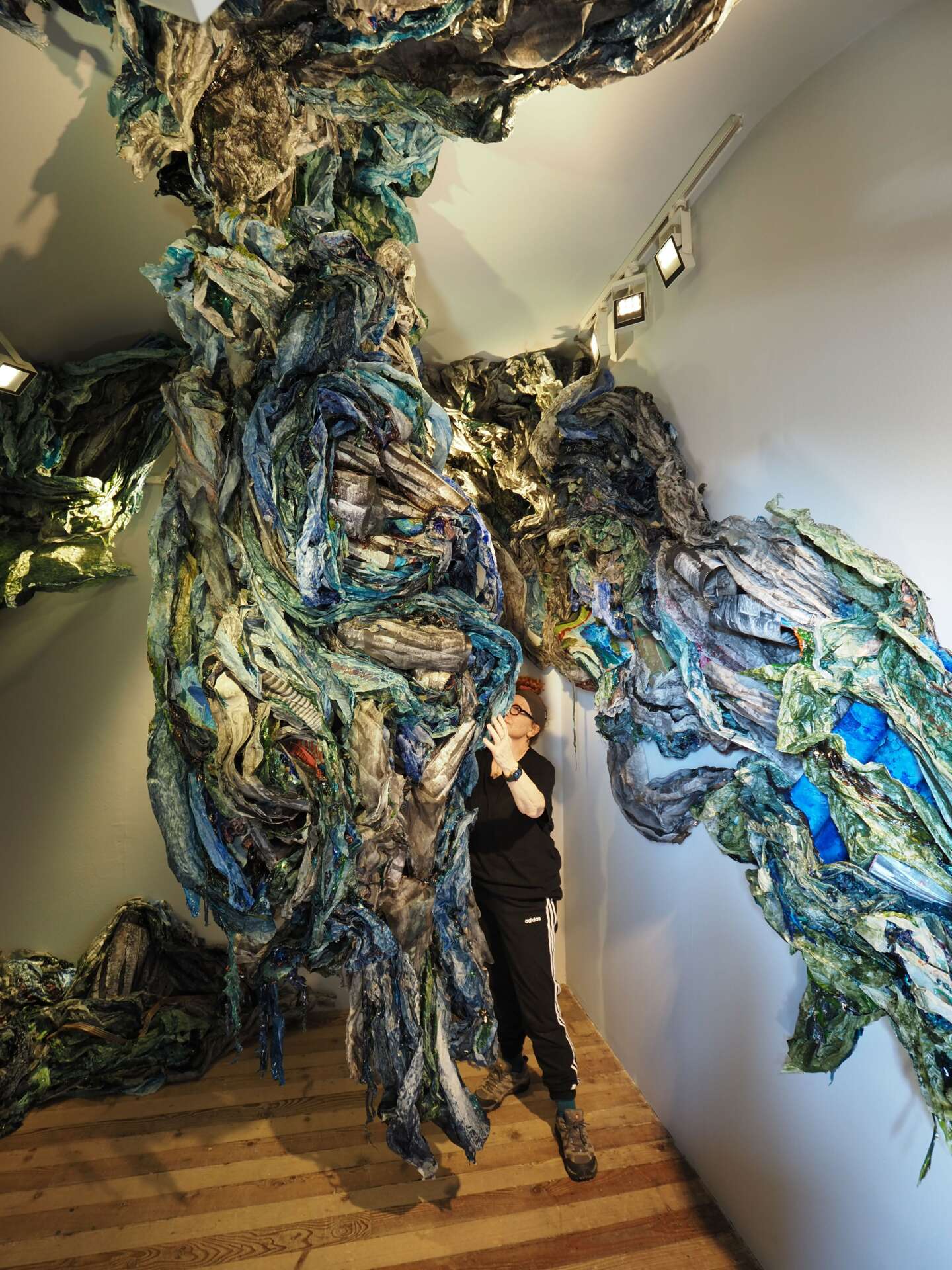
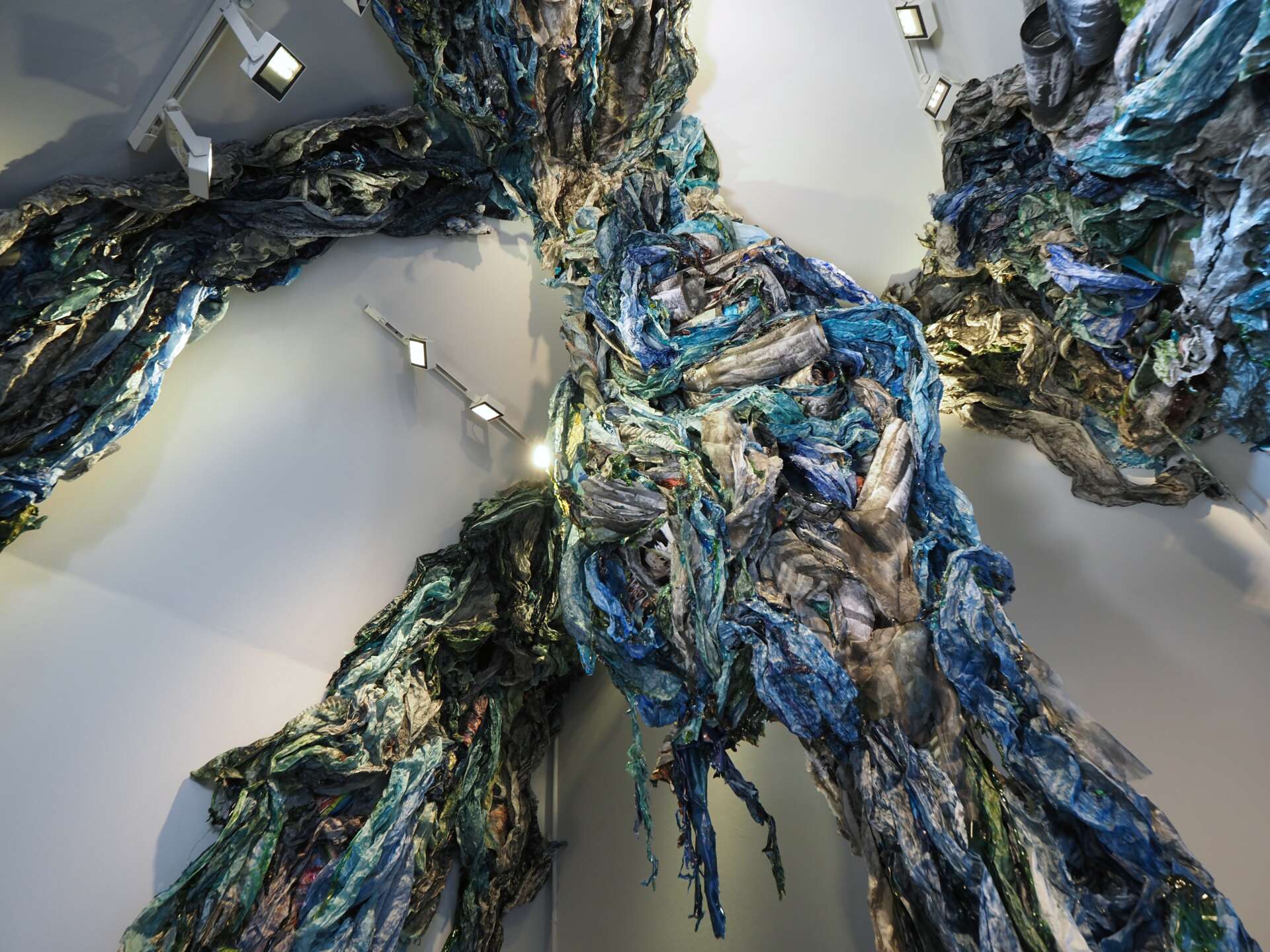
Contact Info:
- Website: https://www.ettyyanivstudio.com/
- Instagram: https://www.instagram.com/[email protected]
- Linkedin: www.linkedin.com/in/etty-yaniv
Image Credits
all photo courtesy of the artist.


